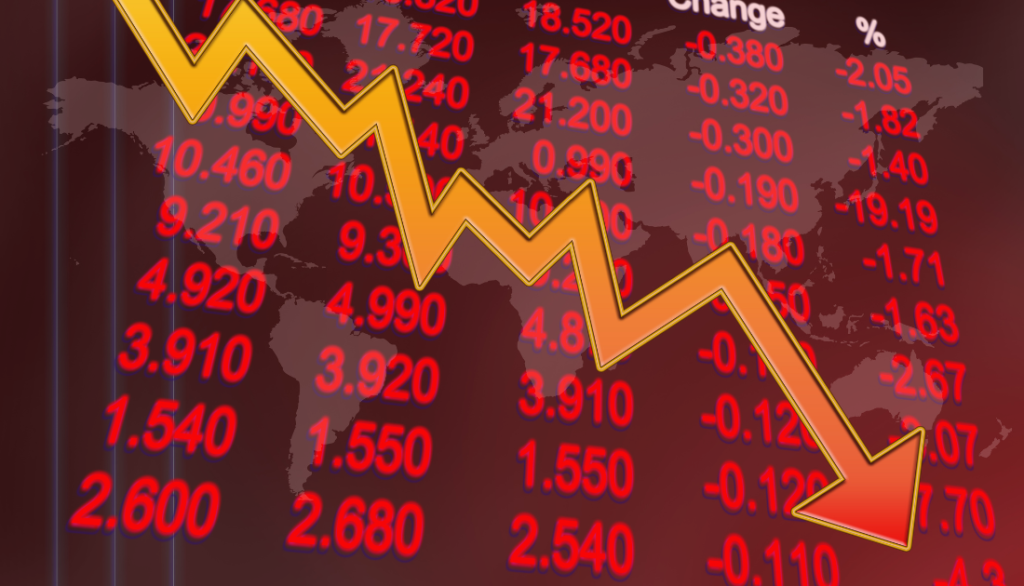Global financial markets experienced a dramatic downturn on Monday, August 5, as fears of an impending US recession sent shockwaves through major indices. The sell-off, which affected both US and European markets, was triggered by a series of disappointing economic indicators and growing geopolitical tensions.
However, by Tuesday, August 6, some markets showed signs of recovery, bolstered by hopes that central banks might intervene with rate cuts to stabilize the economy and restore investor confidence.
In the US, key indices such as the Nasdaq, S&P 500, and Dow Jones plummeted by around 3% on Monday, reflecting mounting concerns that the Federal Reserve may need to act swiftly to prevent the economy from slipping into a recession.
This decline followed a weak July payroll report, which revealed a rise in the US unemployment rate to 4.3%, the fourth consecutive monthly increase. The data heightened fears that the US economy, despite a recent GDP growth rate of 2.8% for the April to June quarter, could be on the brink of a downturn.
European markets mirrored the US’s losses, with the UK’s FTSE, France’s CAC 40, and Germany’s DAX dropping up to 2%. These declines were exacerbated by a combination of factors, including the fear of a reverse yen carry trade after the Bank of Japan’s recent rate hike, rising tensions in the Middle East, and a series of unimpressive quarterly earnings reports that have left investors wary of inflated valuations.
In Asia, the reaction was mixed, but there was a notable recovery in some areas. Japan’s Nikkei, which had suffered a staggering 14% loss on Monday—its worst one-day performance since the infamous Black Monday crash of 1987—bounced back by 9% on Tuesday. This rebound offered some relief to global investors, though the volatility underscored the fragility of the current economic landscape.
India was not spared from the global market turmoil, with its benchmark indices, the Sensex and Nifty 50, closing 3% lower on Monday. The mid-and small-cap indices in India suffered even greater losses, falling up to 4%. The sharp decline wiped out nearly ₹15 lakh crore of investor wealth in a single session, highlighting the vulnerability of the Indian market to global economic shifts.
Despite the bleak outlook, some experts remain cautiously optimistic, suggesting that the correction could ultimately prove healthy for markets that had reached unsustainable highs. Indian investors, in particular, are being advised to remain calm and avoid panic selling.
There is a growing sentiment that a global economic slowdown, while painful in the short term, could benefit India in the long run. A downturn in the West often leads to a decline in oil prices, which would be advantageous for India as one of the world’s largest importers of crude oil. Lower oil prices could improve India’s exchange rate, boost its forex reserves, and help reduce the fiscal deficit.
Market analysts are also urging investors to focus on quality, particularly in large-cap stocks, which are seen as safer bets in times of economic uncertainty. Holding some cash and maintaining a defensive approach in equity investments is being recommended as a prudent strategy. However, the impact of negative global sentiment on foreign capital inflows into India could lead to further volatility, and investors are being advised to stay alert to global developments.
As markets digest the recent economic data and geopolitical events, the coming days will be crucial in determining whether the recent rebound can be sustained. The outcome of key events, such as the upcoming US presidential elections and Indian state elections, will also play a significant role in shaping market sentiment. For now, investors are being advised to tread carefully, with an eye on the broader economic landscape and the potential for further central bank interventions to stabilize the situation.

